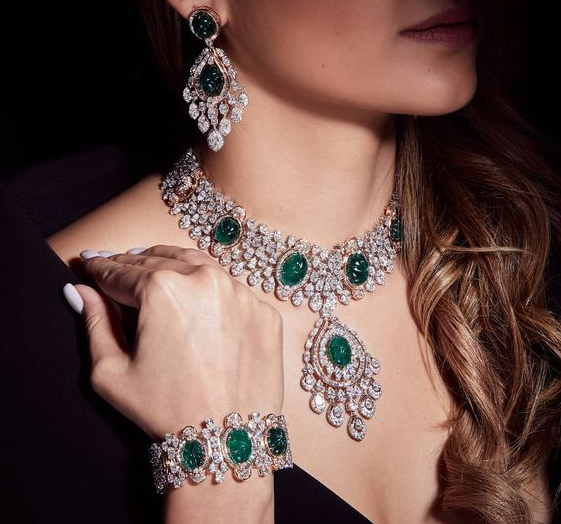Victorian jewelry was originally produced during the reign of Queen Victoria, who ruled England from 1837 to 1901. Different trends emerged during the reign of Queen Victoria and are still reflected in Victorian jewelry today. Here’s a look at some of the more popular styles and designs. If you’re looking for a unique piece of Victorian jewelry, you can find many beautiful options.
Romantic period
The Victorian jewelry movement is a reaction to the Age of Reason and reflects this by featuring different styles and elements. These styles incorporated gemstones and shapes of love, as well as Egyptian and Celtic symbols. Popular pieces included large brooches and matching bracelets. Other popular items included hair jewelry and cameos.
The motifs of Victorian jewelry were usually sentimental and beautiful. These designs were incorporated into necklaces, earrings, bracelets, and rings. Pendants often featured snakes and other symbols of love. The era was also marked by the economic growth of the British Empire, which made gold and semi-precious gemstones popular. The gemstones themselves were usually set in open-backed settings.
Victorian jewelry was also inspired by the natural world. Many gemstones were believed to have special meanings or magical properties. The pink coral, for example, was said to ward off evil and the ruby was thought to symbolize passion. Seed pearls, meanwhile, were said to represent tears. In the late 1860s, Queen Victoria suffered the death of her husband, Prince Albert. The Civil War and the assassination of Abraham Lincoln also led to deep mourning all over the world.
Victorian jewelry was also heavily influenced by a desire to romanticise the past. Several styles borrowed heavily from other eras, including the Greek and Etruscan revivals. Victorian jewelry designers also drew inspiration from art and archeological sites in Asia and Africa.
Grand period
The Grand Period ushered in a new era for jewelry manufacturing. The use of precious metals and gems such as diamonds and sapphires became more common. Silver became more readily available, allowing for heavy lockets and necklaces. Garnet, a dark red gemstone, was also popular. It was cut into cabochons and set in pendants, earrings, and necklaces. Other gems included amethyst, rock crystal, and emeralds. The Victorian era also saw the introduction of the opal, which was particularly popular with Queen Victoria.
Victorian jewelry was often adorned with motifs that evoked the past. For instance, a serpent ring worn around the neck was popular, as did geometric jewels. The designs reflected the style of the time, and they also looked like early stages of Art Deco pieces. The popular technique of reverse intaglios was developed during this period. This technique involved carving a rock crystal cabochon, then covering it with a mother of pearl backing. The cabochon then could be decorated with gems and pearls.
The Grand Period in Victorian jewelry spanned the years 1861 to 1885, and saw a dramatic shift in style from the delicate, feminine designs of the previous period. During this time, women had the right to vote and began wearing bolder, more colorful pieces that reflected their role in society and their newfound ability to cast votes. Amethyst and dragonfly-inspired pieces became popular during this period.
Aesthetic period
During the Aesthetic period, jewels took on a more dainty look, and tended to be used in evening wear. They were made of precious metals such as gold and silver, and some jewels were made of diamonds. The diamond became a popular stone for aesthetic jewels, while other semi-precious stones became popular, including quartz and aquamarine.
Aesthetic period jewelry was also intended to be frivolous and naughty, and some pieces were deliberately made for fun. These pieces evoked the Gibson Girl, an independent and self-assured American girl. This figure was a composite of 1,000 girls from around the United States, drawn and photographed by Charles Dana Gibson. The famous image is considered to be the first photo of an American girl and was created in 1898. The model for the Gibson Girl was Lillian Russell, who lived from 1861 to 1922 and was a successful stage actress and singer.
The Aesthetic movement affected everything from architecture to clothing to jewelry. Artists, writers, and designers were all reacting to the materialism of the Industrial Revolution. Women became more involved in the workplace and politics, and their free time led to the explosion of the entertainment industry. This led to new trends in Victorian jewelry, and new styles emerged. In the end, the Aesthetic period of Victorian jewelry produced a great variety of pieces.
The Aesthetic period of Victorian jewelry is characterized by a variety of styles and materials. Citrine is a yellow variety of quartz, and its name derives from the Old French word for lemon. It has a long tradition of use as a decorative gemstone.

